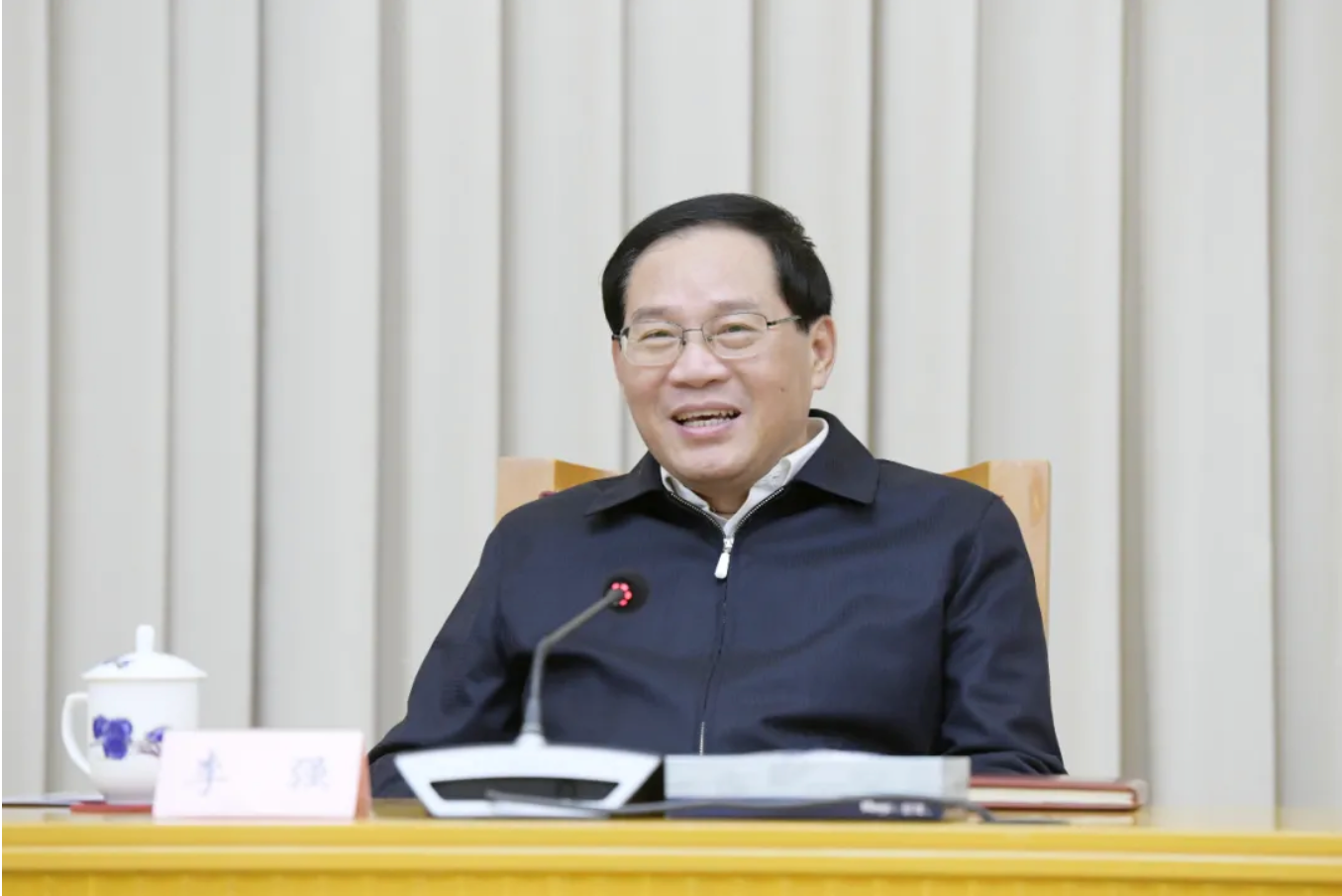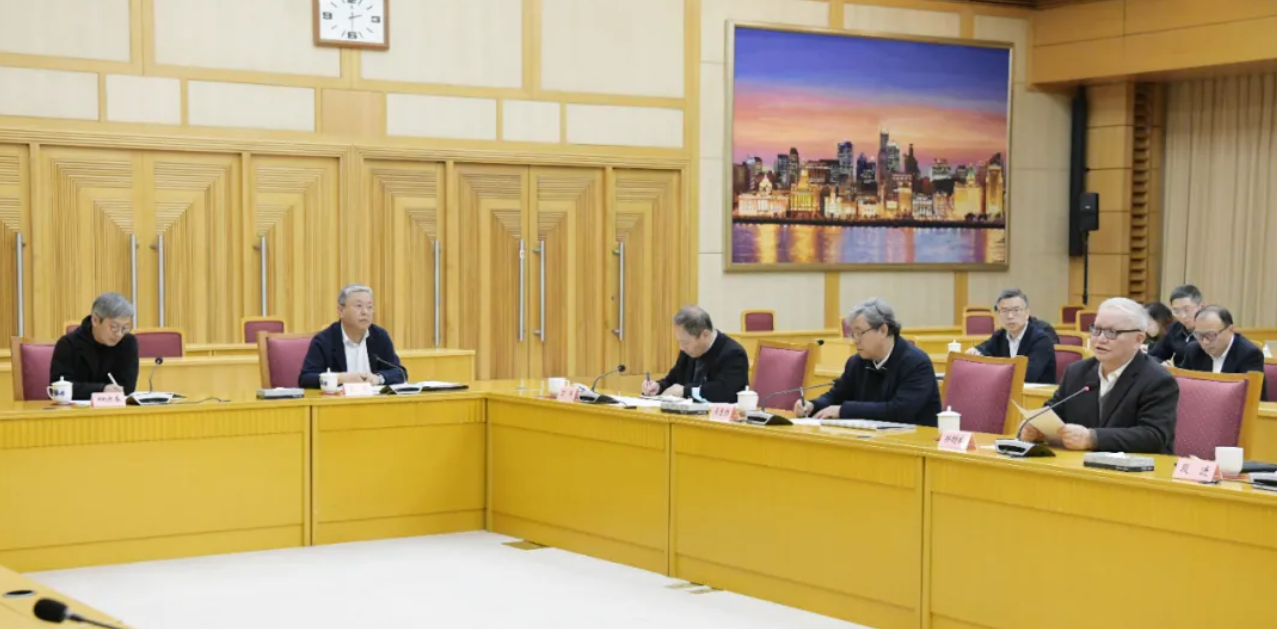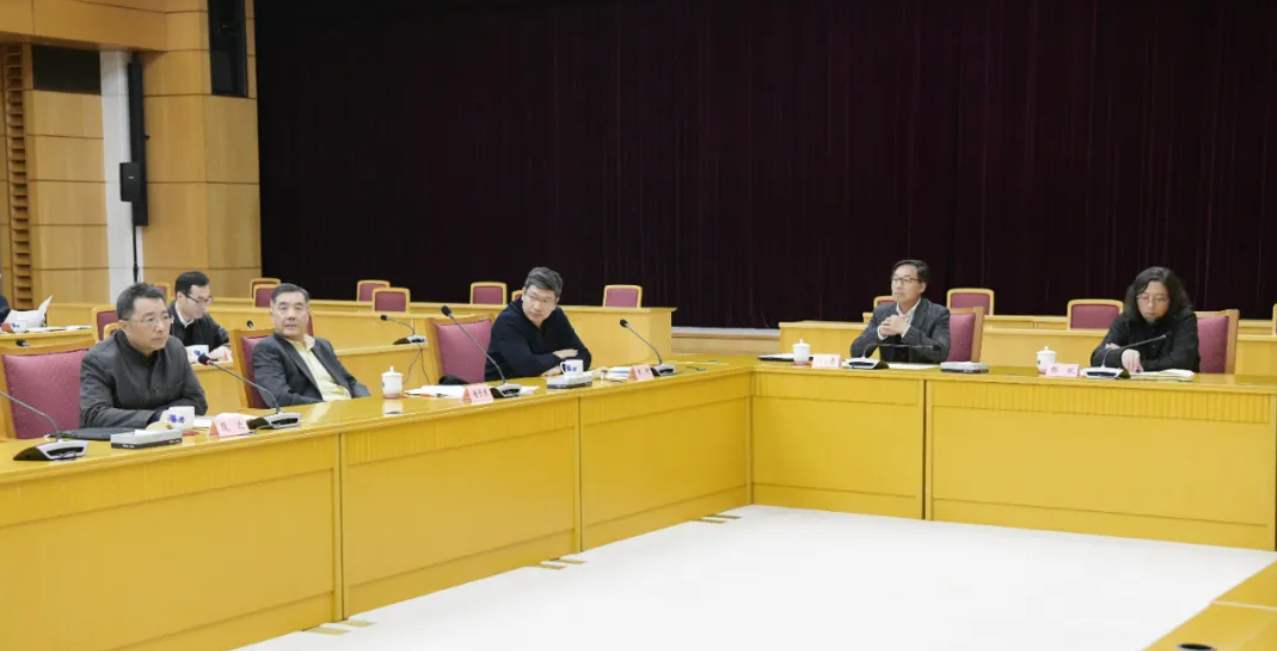At the Urban Planning and Urban Design Expert Meeting held on the afternoon of March 18, LI Qiang, secretary of the Shanghai Municipal Party Committee, pointed out that urban planning and urban design play a pivotal role in urban development. Therefore, it is important to fully understand the new mission entrusted to Shanghai by the Party Central Committee with General Secretary Xi Jinping at the core, and to conscientiously practice the inspirational concept of "people's city, built by and for the people". In order to thoroughly implement Shanghai's Fourteenth Five-Year Plan, visionary goals of 2035 and major strategic tasks, efforts should be made to keep up with the latest trends in urban planning and urban design in order to improve the quality of the urban environment, better impact the future development of the city and meet people's growing aspirations for better city living.

LI Qiang making a speech at the expert meeting
At the meeting, speeches were delivered consecutively by academician ZHENG Shiling of Tongji University, academician DUAN Jin of Southeast University, academician WU Zhiqiang of Tongji University, counsellor TANG Zilai of the Shanghai Municipal Government, vice president and chief architect SHEN Di of Shanghai Modern Architecture Design Co. Ltd., architect of Original Design Studio ZHANG Ming, partner of GMP Architects WU Wei, senior deputy director of AECOM Group LIU Hongzhi, Atelier Deshau architect LIU Yichun, and ZHANG Bin, the columnist of Time Architecture. Combining their respective research fields with their work experience, they offered targeted and constructive suggestions on urban master planning, renovation and renewal of old towns, historical landscape protection, public space improvement, new town development and construction, as well as planning and urban design talents cultivation. LI Qiang listened attentively, noting important points raised, and held in-depth discussions with all the attendees on issues of common concern. Moreover, he expressed his gratitude to the experts for their suggestions and proposals related to urban development, and for their insights into the decision-making of the party committee and government. In addition, LI Qiang pointed out that urban planning and urban design play an important, leading role in strategic positioning, spatial land use distribution, allocation of resources and the overall shaping of the urban morphology. As conditions change and society and cities progress, urban planning continues to advance with the rapid evolution of technology and higher expectations of the public towards urban development. It is very important to keep abreast of the times, actively adapt to new changes, development and requirements so as to better develop the city.

Experts discussing issues of common concern at the meeting
It is presently necessary to pinpoint and grasp the key tasks in urban planning and urban design according to LI Qiang. The new spatial patterns arising from the concept "Central urban areas playing a radiating role with the development of the eastern and western urban areas in tandem, the new towns construction serving as powerhouses and the transformation of the northern and southern urban areas", serves as an important basis for the implementation of Shanghai's Fourteenth Five-Year Plan and its future development. In addition, he stated that in-depth study of the "five new towns" development should be carried out in accordance with the positioning of an independent and comprehensive nodal city with the focus on balanced and synergistic development, aiming to promote the optimization of resources and scientific restructuring and the formation of a new spatial pattern. In the meantime, the transformation of old areas and organic urban renewal should be accelerated, with historical buildings and features protected and better utilized, so that the incorporation of cultural elements and more conducive urban forms can give the city a new vitality. Furthermore, it is necessary to transform and upgrade the core functions of key areas, improve the design of single buildings, analyze in depth the forms and characteristics of different functions as well as the organization of economic activities. Better expressing architectural elements and cultural symbols of both the styles of Shanghai and Jiangnan (China’s eastern area along the Yangtze River), to create more distinctive and attractive public spaces that extol a sense of place in line with local conditions is also very important.

Experts discussing issues of common concern at the meeting
At the meeting, LI Qiang pointed out that to meet people's longing for a better life and to create a high-quality urban environment, urban planning and urban design should pay more attention to the human scale and people-first strategies which need to incorporate, aesthetics, convenience and cultural appeal. Such a people-first approach will allow the city to be vibrant and full of life. This will also entail making urban architecture distinctive, street furniture more attractive and greening the urban environment through landscape designs such as street gardens and central city parks. In combination such urban planning and urban design measures can make urban life more livable and convenient. Both practical convenience and aesthetic experience should therefore be taken into consideration in urban planning and urban design, as manifested through the design of benches, light poles and pavement tiles which can all enhance the appearance and beauty of the city landscape. In addition, buildings and landscape greening should be visible and accessible to citizens, whilst greater waterfront public space should be made available for rest, communication and leisure activities. As Shanghai’s architecture is reflective of its history and is itself vitalized by the city’s strong culture, efforts should be made to help people better perceive Shanghai's unique architectural and cultural heritage.
Source: https://news.tongji.edu.cn/info/1003/76926.htm